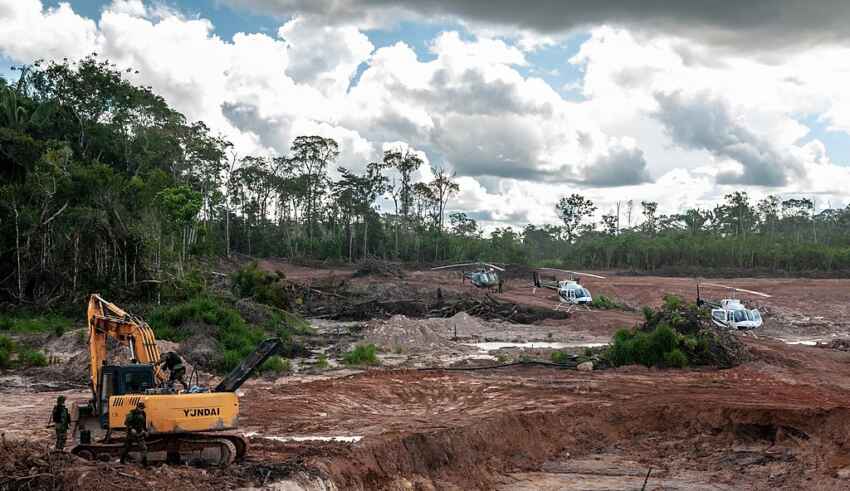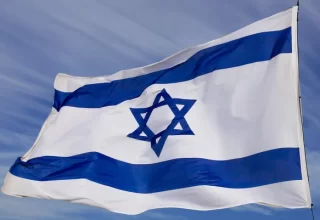
As the climate crisis is finally entering the global agenda, biodiversity conservation and environmental protection are slowly becoming priorities in order to mitigate the 21st century’s biggest threat. In this regard, particular attention is given to the ancestral knowledge of Indigenous communities and to their ability to promote nature-based solutions that effectively make their territories as some of the most biodiverse regions on the planet. Protecting Indigenous lands is not just a matter of human rights and cultural preservation; it is a fundamental necessity for global biodiversity and environmental stability.
As deforestation, climate change, and industrial exploitation accelerate, recognizing and strengthening Indigenous land rights is crucial for the survival of countless species and the health of the planet itself. Small official steps have been taken already: in 2022, the international community signed the Global Biodiversity Framework calling for countries all over the world to recognize and uphold Indigenous Peoples and local communities’ rights in their conservation strategies.
It was indeed reported that their ancestral knowledge is a key player in understanding climate processes and impacts, adaptation strategies, sustainable land management across different ecosystems, and enhancement of food security. Unlike many industrial conservation projects that often disrupt local ecologies, Indigenous land supervision is deeply rooted in traditional ecological knowledge, which emphasizes balance, sustainability, and respect for natural cycles.
They are able to naturally select the animals to hunt and in which quantity so as not to hurt the ecosystem, for example, and to keep forestry growth under control while identifying invasive species. Moreover, Indigenous communities often employ traditional fire management techniques, based on intentionally burning small sections of the forest that prevent large-scale wildfires, a growing threat at the global scale. These practices, based on centuries of accumulated knowledge, demonstrate that Indigenous land conservation is an invaluable tool in climate adaptation and disaster prevention.
As of now, Indigenous-managed lands cover approximately 20% of the Earth’s surface yet are home to 80% of global biodiversity (IUCN, 2019). But beyond land protection and biodiversity enhancement, Indigenous communities are pivotal into the fight against climate change: forests and wetlands on Indigenous lands act as critical carbon sinks, absorbing vast amounts of CO2 from the atmosphere. According to the United Nations, Indigenous territories contain at least 24% of the carbon stored in tropical forests worldwide (IUCN, 2019).
Despite their vital role in environmental protection, Indigenous lands are under constant threat from deforestation, mining, oil drilling, and agricultural expansion. Governments and corporations frequently prioritize short-term economic gains over long-term sustainability. Indigenous communities indeed often experience land grabbing, and are deprived of their ancestral rights on the territory they lived in for centuries.
But these practices of land grabbing and economic empowerment of big corporations not only have social consequences, such as they lead to displacement, and to the loss of cultural heritage, but also they contribute directly to biodiversity decline, water pollution, and increased greenhouse gas emissions, affecting the entire planet.
The only way to actually curb the climate collapse is for governments, international organizations, and conservation groups to prioritize legal recognition of Indigenous territories, enforce stronger protections against environmental exploitation, and support Indigenous-led conservation initiatives. The protection of Indigenous lands is not just an ethical imperative, and a fight for human rights, it is an environmental necessity: without their knowledge and skills, the fight against climate change is lost.
Resources:
IUCN (2019) IUCN Director General’s Statement on International Day of the World’s Indigenous Peoples 2019, published by IUCN, available at: IUCN Director General’s Statement on International Day of the World’s Indigenous Peoples 2019 | IUCN
By The European Institute for International Relations















